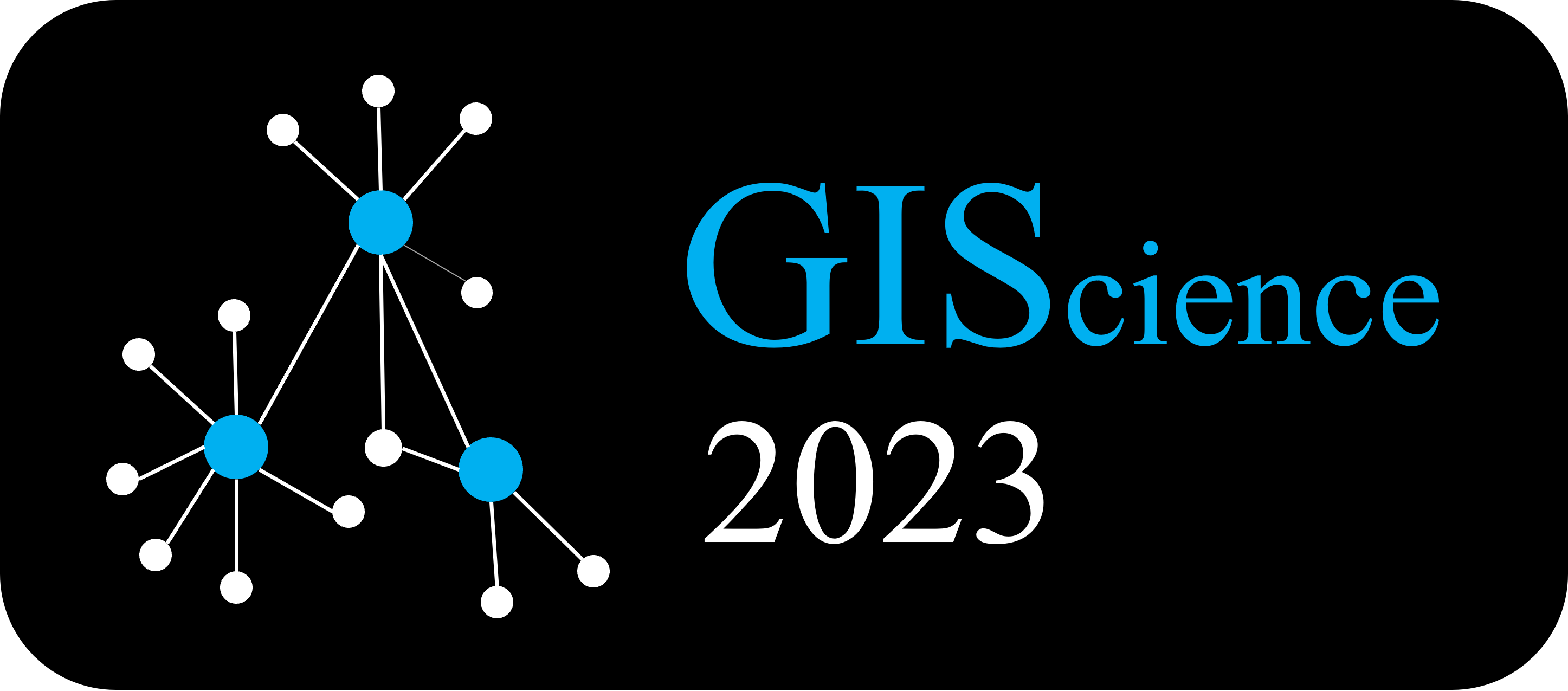Exploropleth Software
When creating choropleth maps, mapmakers often bin (i.e., group, classify) quantitative data values into groups to help show that certain areas fall within a similar range of values. For instance, a mapmaker may divide counties into groups of high, middle, and low life expectancy (measured in years). It is well known that different binning methods (e.g., natural breaks, quantile) yield different groupings, meaning the same data can be presented differently depending on how it is divided into bins.
To help guide a wide variety of users, we present an open source, web-based, geospatial visualization tool, Exploropleth, that lets users interact with a catalog of established data binning methods, and subsequently compare, customize, and export custom maps. This tool advances the state of the art by providing multiple binning methods in one view and supporting administrative unit reclassification on-the-fly.
We interviewed 16 cartographers and geographic information systems (GIS) experts from 13 government organizations, NGOs, and federal agencies who identified opportunities to integrate Exploropleth into their existing mapmaking workflow, and found that the tool has potential to educate students as well as mapmakers with varying levels of experience.
Exploropleth Research Paper
Cartography and Geographic Information Science 2025
If you're interested in learning more about the tool, please check out the Exploropleth research paper: https://doi.org/10.1080/15230406.2025.2543483 published in Cartography and Geographic Information Science (a preprint is attached below). The paper provides detailed information on the design, implementation, and use cases of the tool.
Citation
@article{narechania2025exploropleth,
author = {Arpit Narechania and Alex Endert and Clio Andris},
title = {Exploropleth: exploratory analysis of data binning methods in choropleth maps},
journal = {Cartography and Geographic Information Science},
pages = {1--16},
year = {2025},
publisher = {Taylor \& Francis},
doi = {10.1080/15230406.2025.2543483}
}
Exercises and Guided Questions for Instructors
Estimated time: 1 hour
If you are teaching a course on choropleth mapmaking—in particular data binning/classification and how they can sometimes be misleading—we provide an exercise with a set of guided questions using Exploropleth to help students explore related concepts.
Instructors: let us know if you'd like assistance using these in class—our team is here to help.
Related Projects
In addition to Exploropleth, we have also invented a new consensus data binning/classification method (Resiliency), developed an open-source JavaScript library that offers 16+ data binning/classification methods (BinGuru), and conducted interviews with professional cartographers and GIS experts to understand how they make maps (Cartographers in Cubicles). Check these out!

Resiliency
A Consensus Data Binning MethodArpit Narechania, Alex Endert, Clio Andris
Data binning, or data classification, involves grouping quantitative data points into bins (or classes) to represent spatial patterns and show variation in choropleth maps. There are many methods for binning data (e.g., natural breaks, quantile) that may make the same data appear very different on a map. Some of these methods may be more or less appropriate for certain types of data distributions and map purposes. Thus, when designing a map, novice users may be overwhelmed by the number of choices for binning methods and experts may find comparing results from different binning methods challenging. We present resiliency, a new data binning method that assigns areal units to their most agreed-upon, consensus bin as it persists across multiple chosen binning methods. We show how this "smart average" can effectively communicate spatial patterns that are agreed-upon across binning methods. We also measure the variety of bins a single areal unit can be placed in under different binning methods showing fuzziness and uncertainty on a map.
Citation
@article{narechania2023resiliency,
title={{Resiliency: A Consensus Data Binning Method}},
author={Narechania, Arpit and Endert, Alex and Andris, Clio},
journal={12th International Conference on Geographic Information Science (GIScience)},
year={{2023}},
publisher={Leibniz International Proceedings in Informatics},
url={https://doi.org/10.4230/LIPIcs.GIScience.2023.55}
}

BinGuru
JavaScript Library for Data BinningArpit Narechania, Alex Endert, Clio Andris
BinGuru is a JavaScript package with an API to several established data binning methods (including Resiliency) that are often used for visualizing data on choropleth maps. Currently supported methods include:
- Equal Interval
- Percentile
- Defined Interval
- Quantile
- Boxplot
- Standard Deviation
- Maximum Breaks
- Pretty Breaks
- CK-Means
- Head Tail Breaks
- Fisher-Jenks
- Exponential Bin Size
- Geometric Interval
- Unclassed
- Unique
- Manual Interval
- Resiliency
Citation
@article{narechania2023resiliency,
title={{Resiliency: A Consensus Data Binning Method}},
author={Narechania, Arpit and Endert, Alex and Andris, Clio},
journal={12th International Conference on Geographic Information Science (GIScience)},
year={{2023}},
publisher={Leibniz International Proceedings in Informatics},
url={https://doi.org/10.4230/LIPIcs.GIScience.2023.55}
}

Cartographers in Cubicles
How Do Mapmakers Make Choropleths?Arpit Narechania, Alex Endert, Clio Andris
Choropleth maps are a common and effective way to visualize geographic thematic data. Although cartographers have established many principles about map design, data binning and color usage, less is known about how mapmakers make individual decisions in practice. We interview 16 cartographers and geographic information systems (GIS) experts from 13 government organizations, NGOs, and federal agencies about their choropleth mapmaking decisions and workflows. We categorize our findings and report on how mapmakers follow cartographic guidelines and personal rules of thumb, collaborate with other stakeholders within and outside their organization, and how organizational structures and norms are tied to decision-making during data preparation, data analysis, data binning, map styling, and map post-processing. We find several points of variation as well as regularity across mapmakers and organizations and present takeaways to inform cartographic education and practice, including broader implications and opportunities for CSCW, HCI, and information visualization researchers and practitioners.
Citation
@article{narechania2025cartographersincubicles,
title = {{Cartographers in Cubicles: How Training and Preferences of Mapmakers Interplay with Structures and Norms in Not-for-Profit Organizations}},
shorttitle = {{Cartographers in Cubicles}},
author = {{Narechania}, Arpit and {Endert}, Alex and {Andris}, Clio},
journal = {ACM CSCW},
year = {2025},
doi = {10.1145/3757461},
publisher = {ACM}
}


